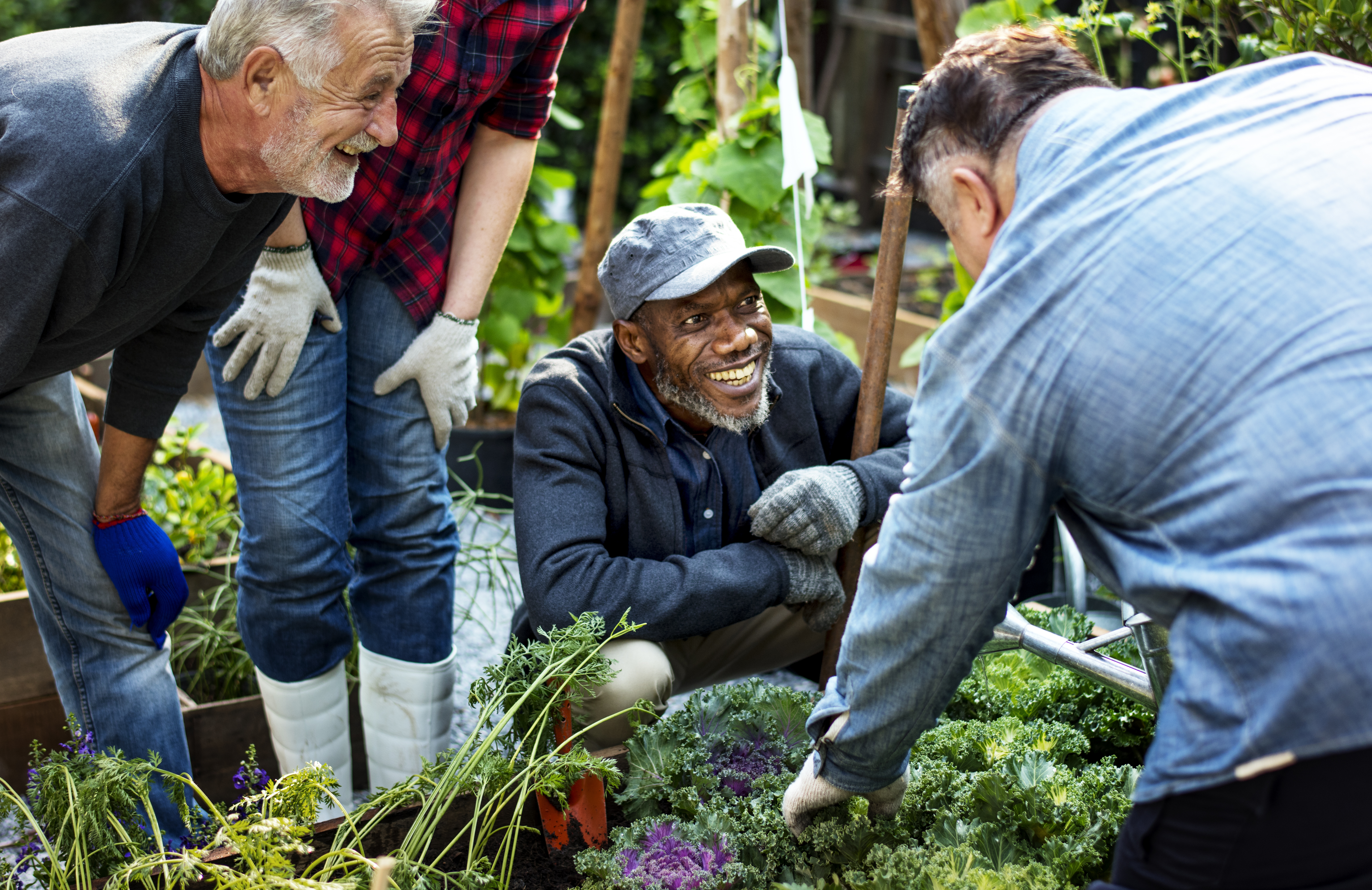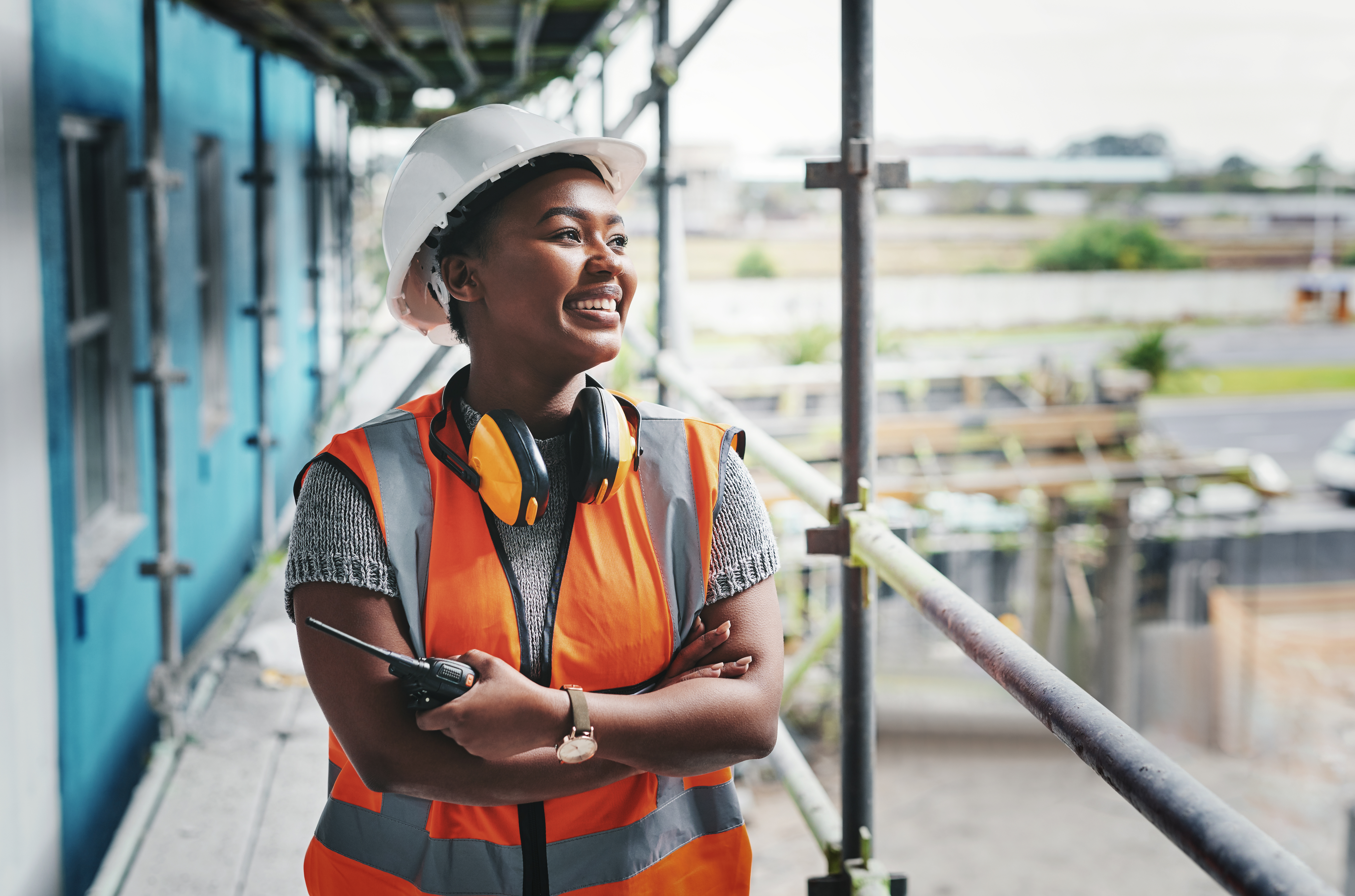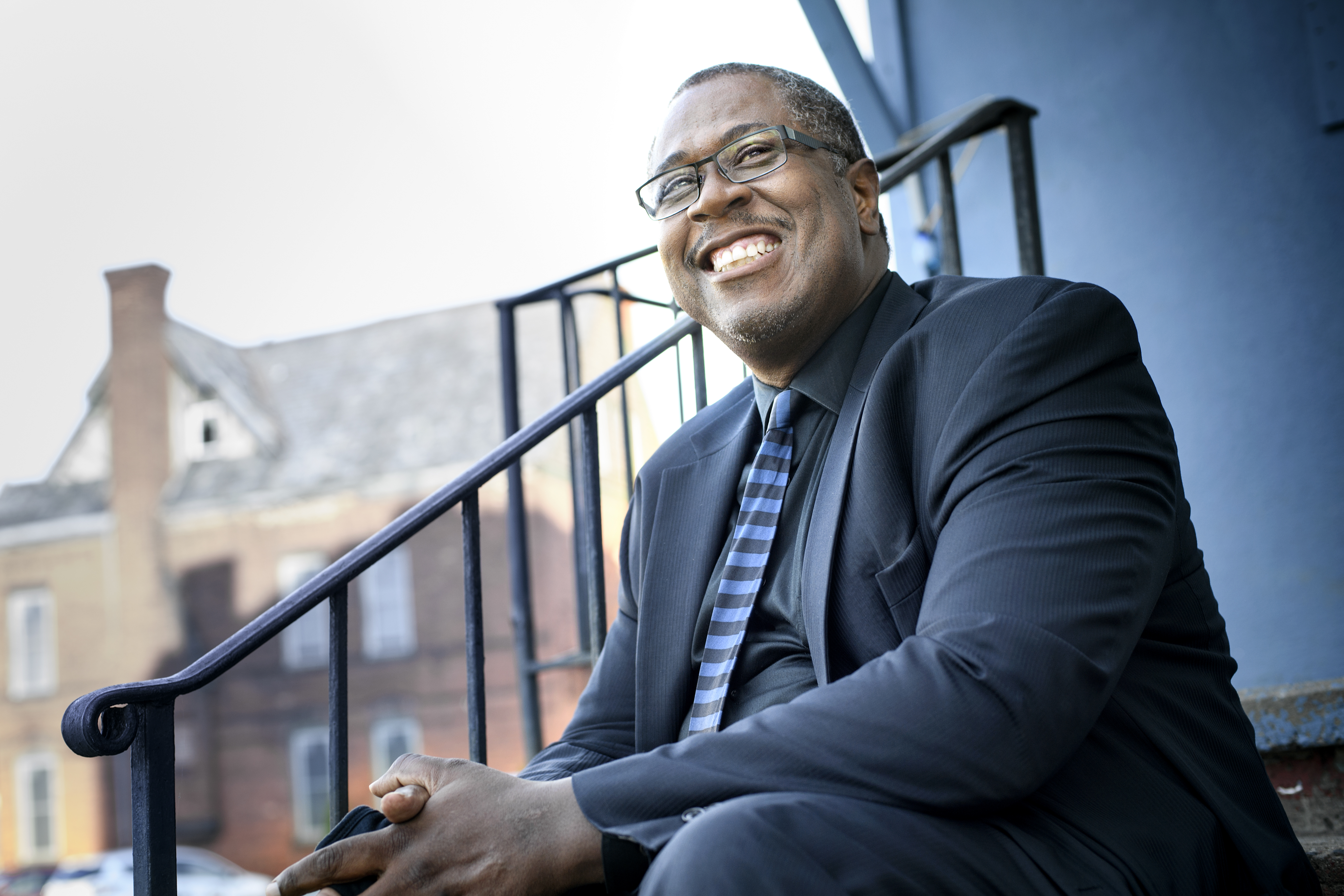
Making Progress
Your Community Equity Forum
Message from our immediate past board chair
Jawwaad Rasheed
The community’s future is one that willing partners will build together: residents, nonprofit organizations, funders, local governments; all who recognize that we can make a great place to live, work and raise a family even better. Or as the Community Foundation’s vision sums it up: “A vibrant region with opportunity for all.”
Be part of the Community Foundation’s 10-year, $10 million equity initiative!
This online community equity forum provides information about the overall effort:
- the work to identify opportunity barriers and obstacles
- potential solutions and progress so far
- and a way for you to weigh in and get involved
The initiative’s first year brought together a diverse advisory group that researched and identified five key areas where barriers affect our two counties’ marginalized groups. Nonprofit and community leaders and neighborhood residents agree that those areas—criminal justice and safety, education, income and wealth, quality of life and neighborhoods, and workforce development—should be the focus of initiative-funded nonprofit projects, programs and services over the next decade.
How will we make progress? Neighborhood residents and community and nonprofit leaders want to see the outcomes listed below. Some will take longer than others but working together we will make a great community even better—for everyone.

Forum Outcomes

Education
- More young adults will be equipped for success in college and careers
- A stronger workforce prepared for jobs of the future
- Higher levels of economic self-sufficiency for individuals and families
- Community investments benefit from reduced social service spending
- A larger, more productive economy, with additional businesses and jobs

Criminal Justice and Safety
- Equitable juvenile justice means fewer youth in the criminal justice system
- Fewer adult arrests and sentences result in stronger families and communities
- Workers will have reduced barriers to employment
- Community investments grow with criminal justice savings
- Investments enhance neighborhoods across the region

Quality of Life and Neighborhoods
- Nearly 100% of our children will attend a school in good standing
- Home values in areas of need will increase as neighborhood quality improves
- Greater residential mobility will foster job access and equitable opportunity for all
- A healthier tax base benefits regional investments for community improvement and growth
- Better health and longer life expectancies reduce medical costs and support workforce and community engagement

Income and Wealth
- Economic expansion leads to declining joblessness
- Wage increases support resident spending, higher lifetime investment earnings and returns
- Economic impacts mean new jobs, businesses, and greater regional output
- Improved business performance from racially diverse workforce
- A growing number of homeowners stabilize communities and contribute to regional wealth
- Wealth building contributes to resilience and benefits future generations

Workforce Development
- Hiring and promotional practices will be inclusive, fair, and non-discriminatory
- Encourage more young adults to explore entrepreneurship and the trades
- A coordinated workforce investment strategy with nonprofits will benefit all
Forum Outcomes
Based on months of research, community conversation and national comparisons, the equity advisory group identified these five barriers to opportunity and suggested solutions to address them with the community's input.
Education
Solutions involve better communication and transparency between the school district and community, combined with diversification of school board and faculty members. The creation of a student-focused curriculum based off of community input and investments in internship programs as early as middle school will set students up for success. Increased support and education for parents will enable them to play an active role in their child's education cycle.
Workforce Development
Improvements in workforce development include implementing fair hiring practices such as a blind application process, flexibility in job requirements, and use of traditional and non-traditional methods to acquire new employees. Ensuring that proper orientation, training and continued mentorship and promotion programs are in place, especially for people of color are all ways that employers can contribute to solutions. The creation of youth entrepreneurship training programs that encourage building real-life businesses will contribute to local success.
Income and Wealth
Tying hand in hand into workforce development, income and wealth barriers can be broken down by expanding career exploration early on for youth, as a means to find a job that provides a livable wage and benefits. The creation of entrepreneurship/mentorship opportunities as well as providing accessible financial literacy and education to both youth and adults will arm residents with knowledge on healthy spending habits, budgeting and financial options that are available.
Criminal Justice
Solutions to criminal justice barriers involve the diversification of the local police force and expanding preventative and alternative training programs to include Diversity, Equity and Inclusion and specialized counseling. Re-entry efforts should be revisited to include housing and employment. Schools can educate students on proper police interactions as well as implement alternative practices prior to police intervention such as conflict resolution, mediation, de-escalation techniques, and any other method to keep students from being kicked out of school.
Quality of Life and Neighborhoods
Many factors will contribute to a greater quality of life in our neighborhoods. Increasing pathways to affordable housing options, providing education about homeownership, connecting residents with important resources through impact centers, improving transportation, expanding wellness and recreational assets in high needs neighborhoods and implementing programs for homeless populations will all play a big part.
What's Next?
With our advisory group’s work concluded we’re excited for the next phase of the community equity initiative!
Taking the advisory group’s research and the community’s input to date, we will work with partners to create and empower a new or existing nonprofit entity, led by diverse residents, to help direct funding committed by the Community Foundation toward racial equity and social justice for years to come.
The solutions we achieve together will reflect neighborhood needs and resident ideas. Whether you took part in the community forum or would like to join the discussion now, your voice matters!
Get Involved!
Interested in future engagement opportunities? Join our mailing list to stay up to date.



